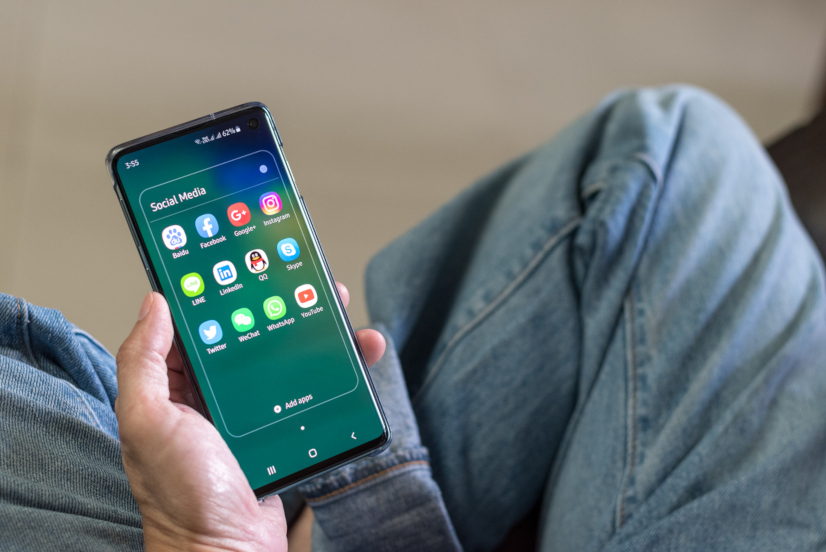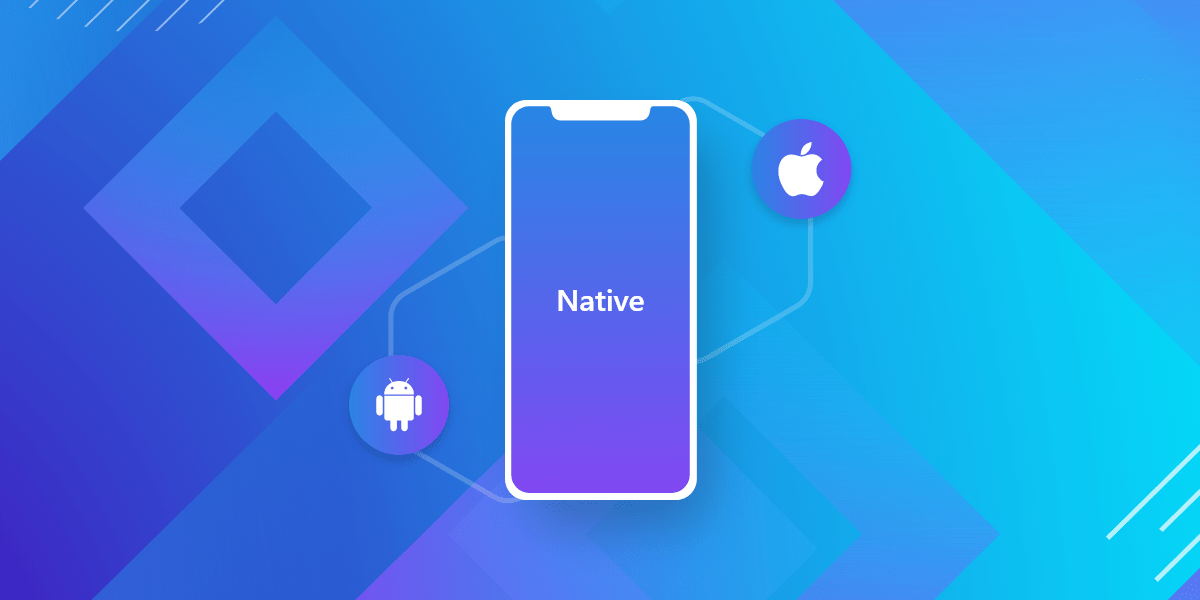In today’s digital age, mobile apps have become an essential part of our daily lives. From social media to productivity tools and everything in between, there seems to be an app for everything. But have you ever wondered what sets apart the apps that you enjoy using the most? Chances are, they are native mobile apps. In fact, most of the apps running on your phone and the top apps on app stores are native apps. Despite the rise of hybrid apps in recent years, native apps continue to offer several advantages over hybrid apps. In this article, we will explore why native mobile apps are still the superior choice in 2023.
Continue readingGoing Native: Why Choosing a Native Mobile App Language Over a Hybrid App Is Future Proofing Your App
In today’s digital world, mobile apps are a critical part of our daily lives. They are used for everything from shopping and banking to entertainment and socializing. As a result, businesses and developers are constantly seeking ways to create mobile apps that stand out from the crowd, offer superior performance, and deliver the best user experience possible. One of the biggest decisions that developers face is whether to choose a native or hybrid mobile app language for their project.
Continue readingWhy Sidekick Believes in Native Mobile App Development
People have been creating and using mobile apps for as long as there have been mobile phones. But it wasn’t until the iPhone was released in 2007 that Mobile App Development took off, especially because of the popularity of the iPhone, its marketplace, and its large tactile screen. Mobile app development is the process of designing and building mobile apps. There are two main types of mobile apps in 2023: native apps and hybrid apps. Native apps are built specifically for one platform, such as iOS or Android. Hybrid apps are built using a single source of code and can be run on multiple platforms.
Continue reading



